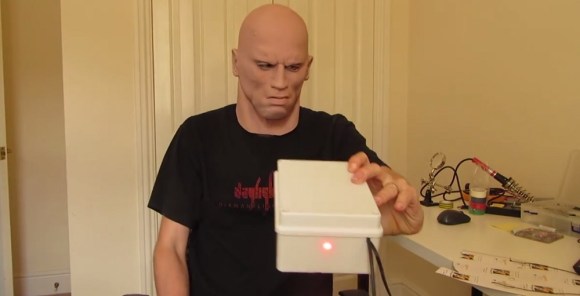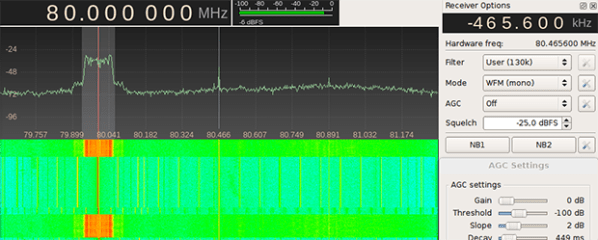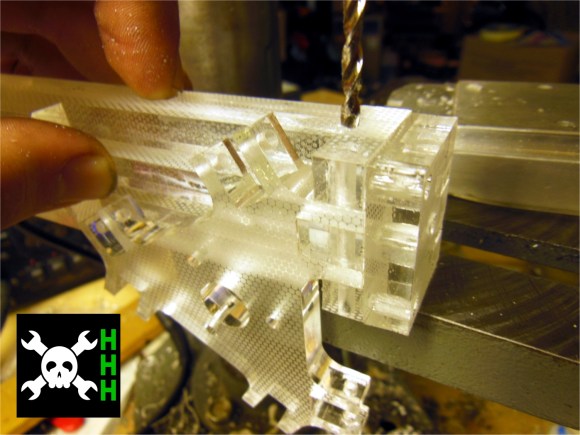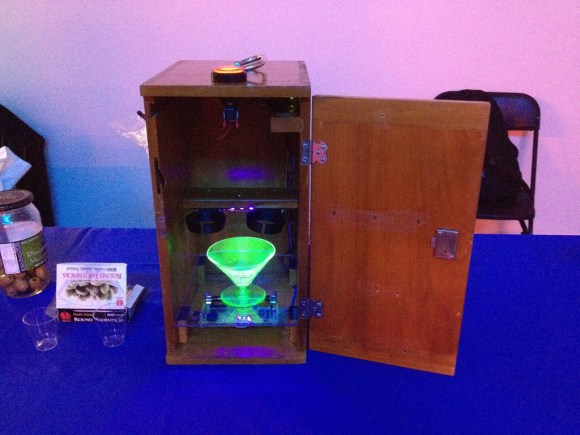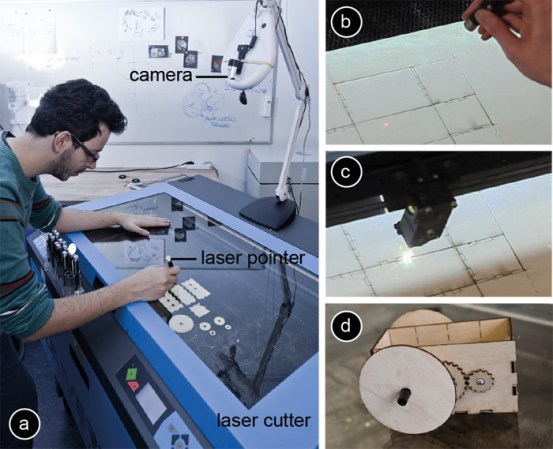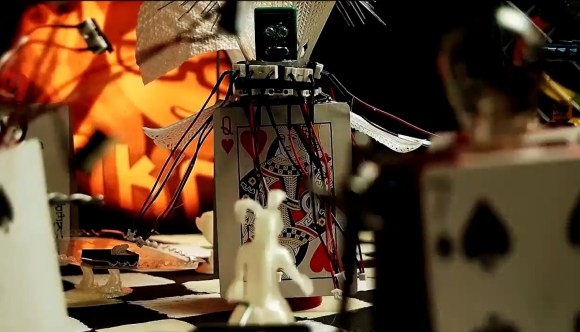
The folks down at The Rabbit Hole Hackerspace have been busy lately. They’ve created an amazing stop motion animation short titled “The Rabbit’s Hole”. The three-minute film documents the journey of a white rabbit through several strange lands, including the court of a “hormonally imbalanced queen”, the sewers, a PCB wasteland, and a banana jazz concert. The rest of the video is a behind the scenes view, showing the incredible amount of teamwork that went into the film’s creation.
From set building to final photography, the entire film was shot in one day. The set was split into 8 pieces. Each piece represented a scene the rabbit would journey through in the final movie. Members of The Rabbit Hole were able to work in parallel, each designing their own section of the set. Once the photography was done, [Whisker] took over for the process of editing and sound design. Just like in Hollywood, post production took much longer than the actual shoot.
The amazing part of the video is that most of the characters and set pieces are created from The Rabbit Hole’s junkbox. Even the star of the show, a 3D printed Rabbit wasn’t immune. Many rabbits were printed for the stop motion animation process. As can be expected, there were a few failed prints. Those prints became Rabbit footed Lamps, Tables, and a rather macabre rabbit’s hand in a tray. Even the camera dolly was welded up from some scrap metal and old roller blade wheels.
We like the way the entire hackerspace was able to come together to create something greater than any one of them could have done alone. This sort of project should be a template for other hackerspaces to follow.
Continue reading “The Rabbit’s Hole: Creative Reuse And Stop Motion Animation”


